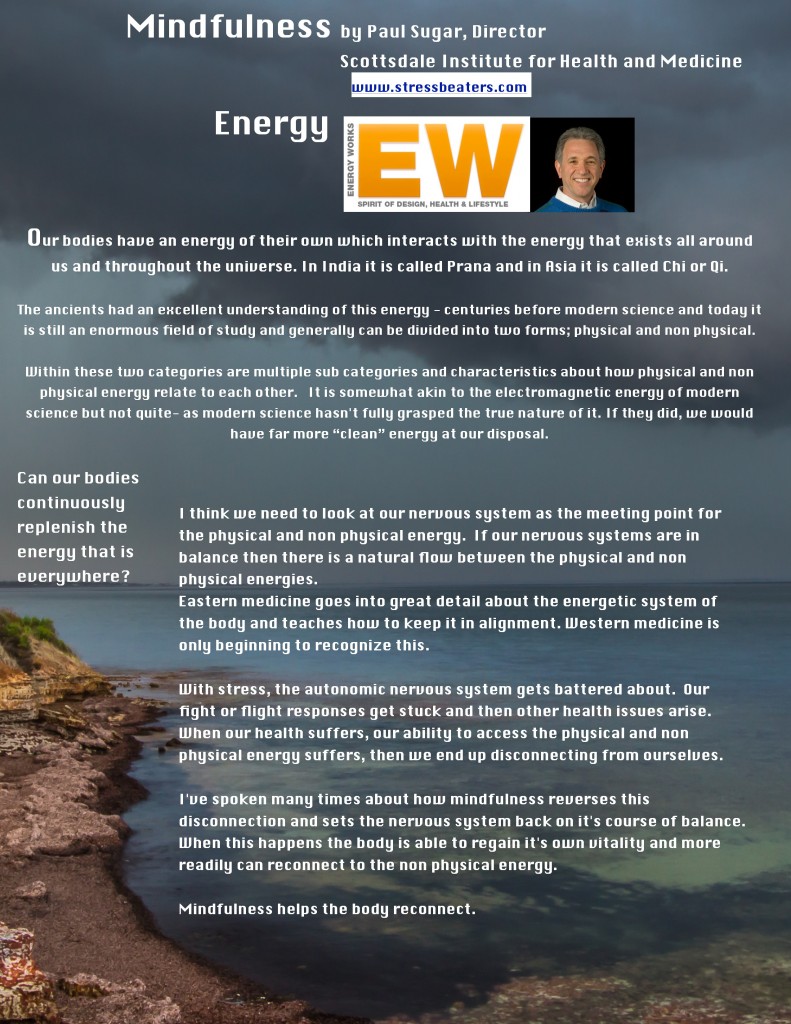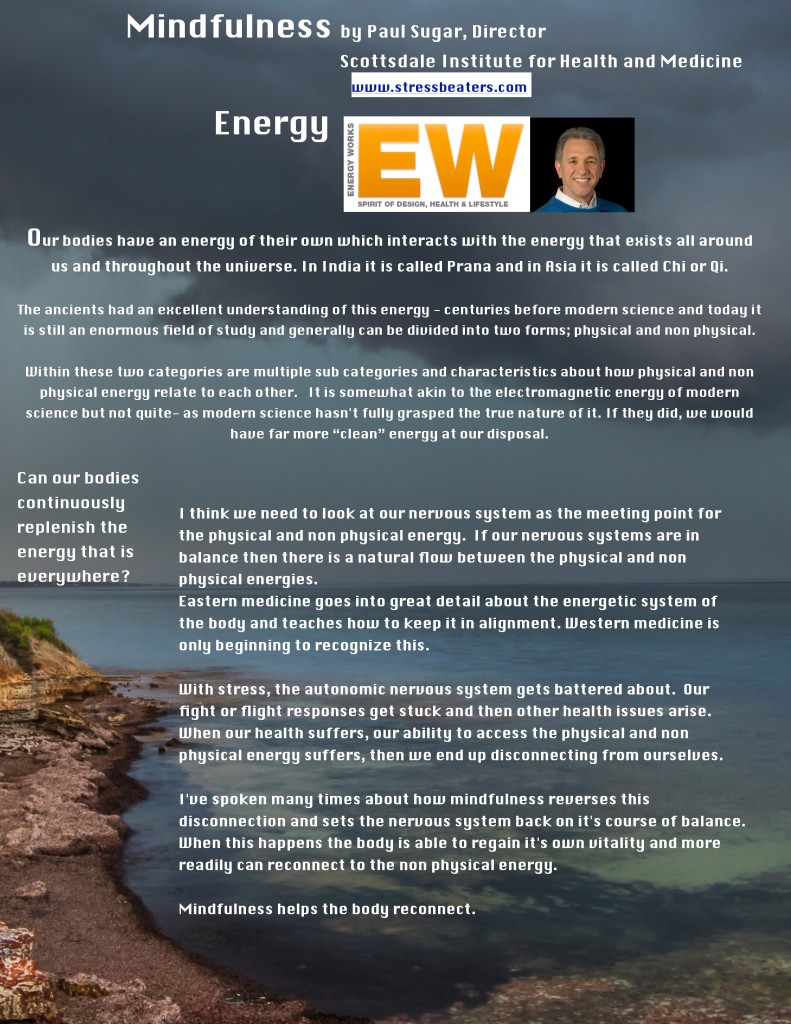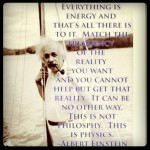Secular versus Non Secular Mindfulness

Over the past 35 years Jon Kabat-Zinn and the Center for Mindfulness at the University of Massachusetts Medical Center have pioneered an expansion of the acceptance of mindfulness as an evidence based approach to stress reduction and the related health disorders that result from chronic stress…..and there are many. From it’s base of stress reduction mindfulness has expanded it’s research and positive outcomes to include practically every area of human experience including, but not limited to learning in the schools, performance in the workplace and on the athletic field, creativity, communication and leadership. In doing all of this they have received push back from some people who feel that mindfulness belongs in the realm of spirituality.
This debate is completely senseless to me and here’s why. Wikipedia defines spirituality as: “Traditionally spirituality has been defined as a process of personal transformation in accordance with religious ideals. Since the 19th century spirituality is often separated from religion, and has become more oriented on subjective experience and psychological growth. It may refer to almost any kind of meaningful activity or blissful experience, but without a single, widely-agreed definition.” I agree with this definition because when I ask people to define spirituality I never get two answers the same. Everybody can agree on what religion is but not spirituality. So for the sake of this blog I will simply define spirituality as a sense of interconnectedness with oneself and the world around us. There is a lot that transforms and unfolds as a result of this. As mindfulness unfolds in the practitioners life that sense of interconnectedness becomes palpable. It’s the same sense of interconnectedness that results from Buddhist mindfulness practice or mindfulness based stress reduction practice or all the other mindfulness based applications that are being employed now. To try to separate that sense of interconnectedness from any human experience is really a form of confusion and for those who think secular mindfulness is even possible, I think they are mistaken. Even though it appears that mindfulness is sometimes being commercialized into something that it is not, it really isn’t as long as it is taught correctly, that is…with heart and compassion. No matter how it is applied, mindfulness will bring you to that sense of interconnectedness or sense of spirituality. That is it’s nature so it can do nothing but this. How that sense of spirituality is expressed is completely up to you.
When I first saw mindfulness being delivered in the healthcare system I thought that was a perfect place for it. I’ve always thought that the healthcare system would be a perfect vehicle for educating and bringing people into wholeness and connectedness. This has continued to be true and has expanded beyond my original vision. I think the best is yet to come. I believe the healthcare system has the potential to be a center of spirituality.
Secular versus Non Secular Mindfulness Read More »










